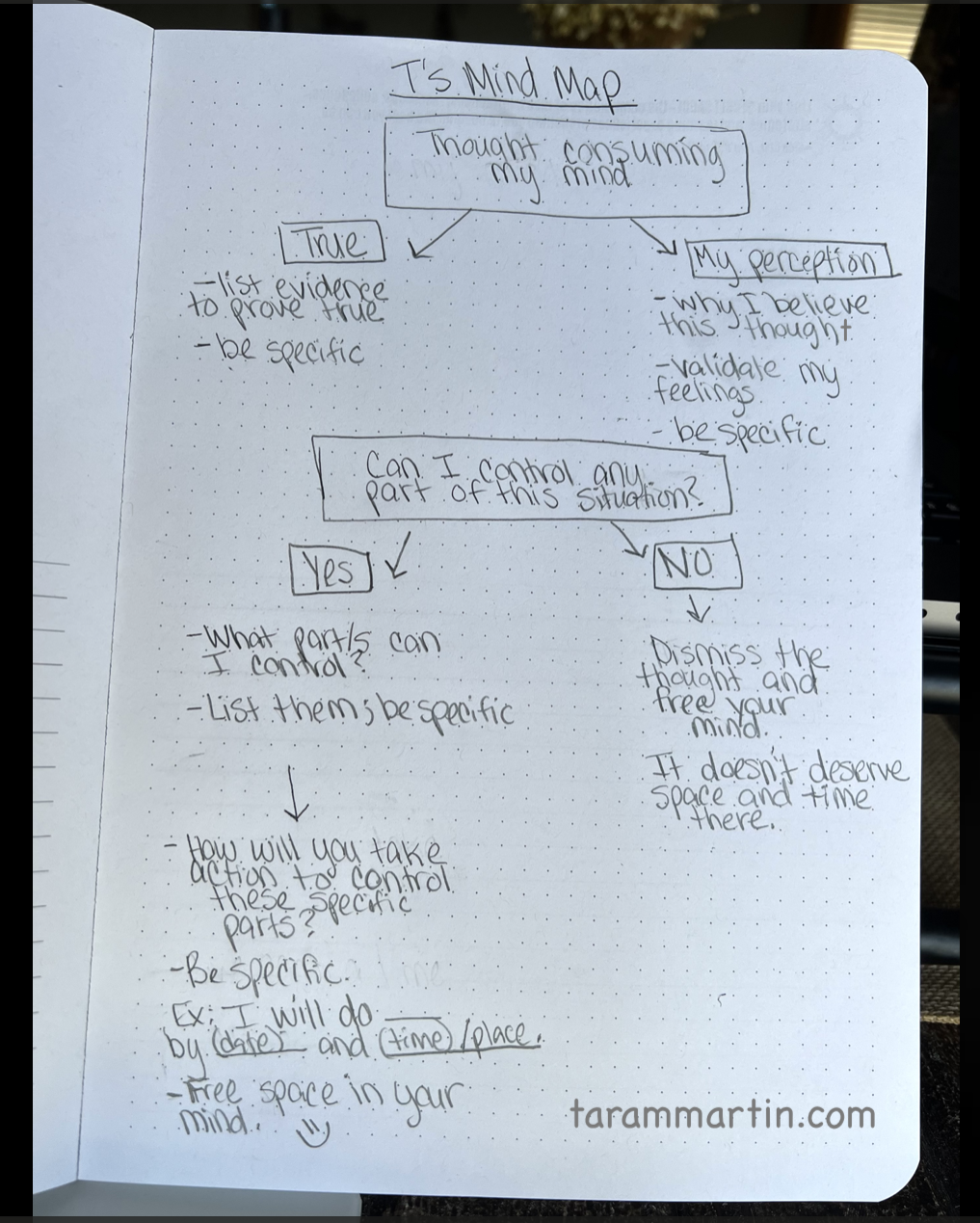Free Your Mind:
Mindfulness Activities Easily Implemented into Any Learning Setting
Ups & Downs T-Chart
The purpose of the Ups & Downs T-Chart is to remind each of us to intentionally implement the things that bring us up. When things get tough, this chart can serve as a reminder of what might need to be added back in to allow "live" to flow more naturally. When our mind is free of unnecessary worry, we create more space to be productive, creative, rest, and recharge.
As educators, this chart might help us guide our learners toward what might be missing in their lives. Freeing their minds of clutter can increase engagement as we teach our core content. Not to mention, the Ups & Downs T-Chart is a great "life tool" they can come back to time and again as an adult.
This activity can easily be implemented as a staff, classroom, or solo.
Complete the Ups & Downs T-Chart by listing "Things that lift you up" on the left side and "Things that tend to bring you down" on the right.
There are multiple formats for completing the chart. Simply grab a piece of paper and create your own, or click the buttons linked below to get started.

Unpacking Mind Map

How Does it Work?
The map begins by writing down the thought that is consuming your mind at the top of the page.
Step 1:
Then, ask yourself--What part of this thought is actually true and what is my perception?
This question encourages us to dive deep and genuinely examine the thought.
Step 2:
Beneath the "True" box, list evidence that proves the thought to be true. It has to be hardcore evidence. Be specific.
Beneath the "My Perception" box, write why you believe this thought to be true. Validate your feelings. Be specific.
Step 3:
Then, move to the next stop on the map--
Ask yourself, "Can I control any part of this situation?"
Step 4:
Under the "Yes" box, list all of the parts you CAN control. Be very specific. These actions do not have to handle the entire situation but are there any parts of it you have control over?
For example, it's not within your control if you need action from someone else. Only list what you can do on your own to control any part of the situation.
List how you will take control. Be specific with your actions. Hold yourself accountable.
Ex: I will do _____ by date and place/time.
Then, allow your mind to be free of that thought.
YOU have power over your thinking.
If you answered "No"--I can't control any part of this situation on my own, then dismiss the thought and free your mind of it. It doesn't deserve space there and is wasting your valuable energy. Willing a thought to leave your mind is difficult, but again...back to the Mahatma Gandhi quote, we can't allow these thoughts to become our words and behaviors--and ultimately, if left unattended, our destiny.
When and Why?
This Unpacking Mind Map will work when counseling a student or a friend, as well. It's just one way to process thoughts before they clutter our minds and cause unnecessary pain to the beholder plus anyone within their realm of influence.
Stay Tuned...Coming Soon
6 More "Free Your Mind" Activities
Be REAL
In Be REAL, BookSnaps creator, Tara Martin, encourages you to share your unique talents and passions as an educator. Through her personal and engaging stories, you’ll learn the power of being true to yourself and find the courage to “cannonball” into the adventures life offers.
More info →








